
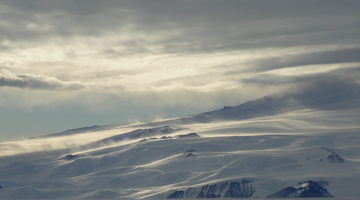
Antarctica is the coldest, driest, windiest and highest continent on Earth. What makes the frozen continent so valuable to scientists and vulnerable to human contact? Every year, scientists and ...
READ MORE
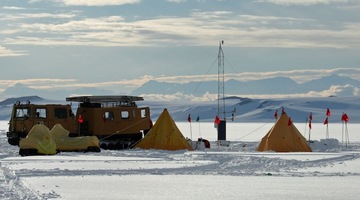
Once a year, scientists Megan Balks and Jackie Aislabie from the University of Waikato venture to the coldest place on Earth, visiting climate research stations in Antarctica. They undertake a ...
READ MORE
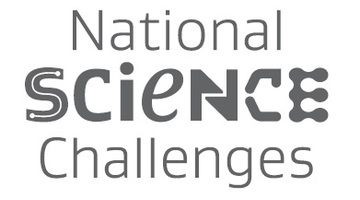
As New Zealanders looking to the future, we are faced with many opportunities – and challenges. These include improving the health of all our people, advancing our economic growth, protecting our ...
READ MORE
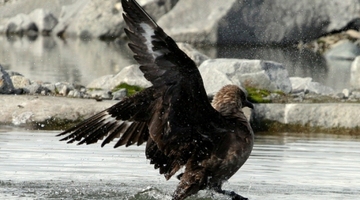
In this activity, students learn about animal and plant adaptations in Antarctic species and use these ideas to design their own unique animal or plant. By the end of this activity, students ...
READ MORE

In this activity, students investigate some of the properties of seawater. By the end of this activity, students should be able to: discuss that salt dissolves in water explain that dissolved ...
READ MORE
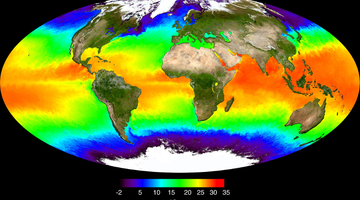
In this activity, students look at what happens when hot and cold water meet. By the end of this activity, students should be able to: discuss how temperature affects the density of water discuss ...
READ MORE

Weddell seals and orca are among the top predators in the Ross Sea region of Antarctica, and more than half of the Weddell seal population can be found in the Ross Sea. Information about changes ...
READ MORE
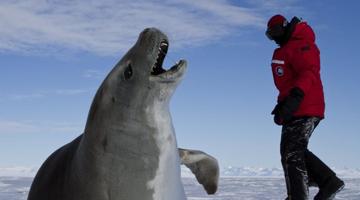
Antarctica’s crabeater seals are the focus of an international study led by the University of Canterbury. The aim is to understand potential environmental and social impacts on one of the ...
READ MORE
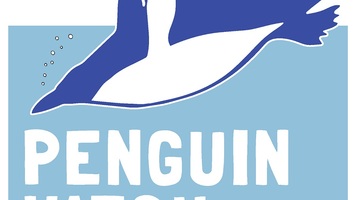
Help scientists establish valuable baseline data about the numbers, locations, habits and health of penguins in a range of Southern Ocean sites. This information will enable better understanding ...
READ MORE
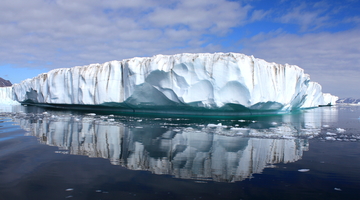
Climate change is one of the world’s big issues. It is also a big topic to tackle in the classroom. The Hub’s planning pathways interactive suggests ways in which climate change can be broken ...
READ MORE
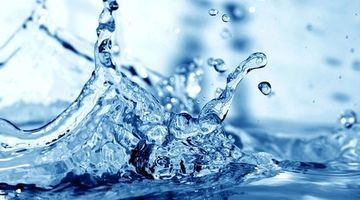
About 70% of Earth’s surface is covered by water. It is found just about everywhere and is the only naturally occurring substance on Earth existing in solid, liquid and gas states. Water is ...
READ MORE

Students carry out a practical investigation to help AgResearch scientists monitor the spread of Microctonus aethiopoides (a tiny wasp) and its success as a biocontrol agent for clover root ...
READ MORE
This is a simple explanation of what greenhouse gases are and how they function. This one minute animated video from TVNZ demystifies some of the scientific and technical language.
READ MORE
Our oceans are absorbing about one-third of the carbon dioxide in the atmosphere. As a result, they are becoming more acidic. Associate Professor Abby Smith, from the University of Otago, is ...
READ MORE
To keep Antarctica as pristine as possible all impacts from human presence have to be kept to an absolute minimum, this includes human wastes. The field camp has an out-doors toilet that consists ...
READ MORE
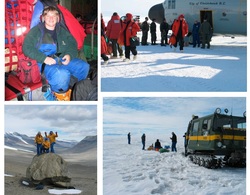
This slideshow presents images from Megan Balks and Jackie Aislabie's trips to Antarctica. Use the Slideshow menu for further options, including view full screen, and go here for the download ...
READ MORE
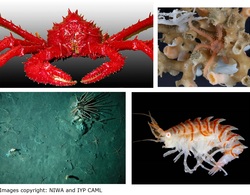
This short slideshow shows some of the animals found in the Antarctic benthic zone. Use the Slideshow menu for further options, including view full screen, and go here for the download option.
READ MORE
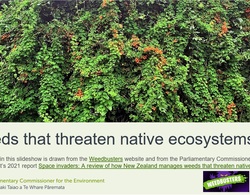
A slideshow of weeds and the adaptations that make them problematic in a New Zealand setting. Use the Slideshow menu for further options, including view full screen, and go here for the download ...
READ MORE